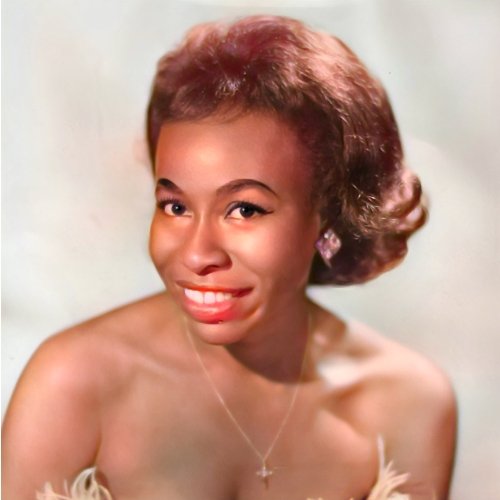01. Nuovo Cinema Paradiso, for piano
02. Metti, una sera a cena, for flute and piano
03. Rag in frantumi, for piano
04. Bugsy, for flute and piano
05. Leone Suite, for cello and piano: No. 1, Deborah’s theme
06. Leone Suite, for cello and piano: No. 2, Cockeye’s song
07. Leone Suite, for cello and piano: No. 3, Main theme
08. Leone Suite, for cello and piano: No. 4, Once upon a time in the West
09. Leone Suite, for cello and piano: No. 5, The Ecstasy of Gold
10. Cadenza for flute and magnetic tape
11. 4 Canzoni, for piano: No. 1, Il deserto dei Tartari
12. 4 Canzoni, for piano: No. 2, Le due stagioni della vita
13. 4 Canzoni, for piano: No. 3, Gott mitt uns
14. 4 Canzoni, for piano: No. 4, Il potere degli angeli
15. Fragmenta of Mission, for cello
16. Romanza, for cello and piano
The catalog of Ennio Morricone (1928 – 2020) encompasses nearly five hundred film soundtracks. This record-breaking number, perhaps unparalleled, unquestionably positions him as one of the most significant composers in the history of film music. Beyond sheer quantity, it is the qualitative aspects that stand out: the solidity of his composition, the expressive power of his themes, his exploration of timbral qualities, and a propensity for experimentation. Moreover, his masterpieces created in collaboration with Sergio Leone, from “A Fistful of Dollars” to “Once Upon a Time in America,” remain untouched by the passage of time and continue to captivate transgenerational and international audiences to this day.
Crowned with two Oscars and numerous accolades, Morricone’s cinematic career commenced in 1961 and continued for over half a century. In addition to Leone, his long-lasting partnership with Giuseppe Tornatore played a fundamental role, yet his collaborations with Pier Paolo Pasolini, Elio Petri, Bernardo Bertolucci, Giuliano Montaldo, Gillo Pontecorvo, Dario Argento, and, on an international scale, Brian De Palma, Roland Joffé, John Carpenter, William Friedkin, Quentin Tarantino are also noteworthy. These names represent only a few of the many directors with whom he cooperated.
However, Morricone’s production extends far beyond his “applied” music. His catalog comprises approximately 130 compositions intended for the concert hall: symphonic scores, choral works, chamber music, and pieces for solo instruments. He referred to these as “absolute” music, emphasizing their independence from visual imagery and their stylistic autonomy. This represents a creative realm in which he could fully leverage the lessons learned from Goffredo Petrassi during his conservatory years and explore the experimental inclination he shared with many composers of his generation. While many considered these two aesthetics and languages irreconcilable, Morricone attempted to bridge them, often succeeding in achieving a harmonious convergence.
The discographic project “Absolutely Ennio Morricone” was conceived specifically to present a comprehensive portrayal of the Roman composer, juxtaposing music from films with his standalone compositions. Intended to be a distinctive feature, these compositions are always presented in rigorously original scores or in “alternative” versions elaborated by the composer for specific occasions (Morricone was known for his aversion to arrangements of his music by others).
Accordingly, the “Suite Leone” version for cello and piano was created, weaving together the three main themes from “Once Upon a Time in America,” the central motif from “Once Upon a Time in the West,” and “The Ecstasy of Gold” from “The Good, the Bad and the Ugly.” The result is nothing short of astonishing – when placed in a chamber music context, these iconic themes, which seemed inseparable from the images, rejuvenate and become concert pieces in their own right. Morricone places the cello in the spotlight, utilizing its entire range and exploiting its full potential. He makes it “sing” with expansive melodies but also challenges it to deviate from the purity of its romantic timbre with aggressive, percussive, and cutting sounds, at times entirely rewriting passages in a virtuosic fashion (as evident in “Cockeye’s song” and even more so in “The Ecstasy of Gold”).
The concept of selecting themes from different films and arranging them for concert performances also underlies the composition “4 Canzoni” for solo piano. In contrast to the “Suite Leone,” the music undergoes no significant alterations. “The Desert of the Tartars” and “The Power of the Angels” are original piano compositions, and minimal adaptations are made for “Gott mitt uns” and “The Two Seasons of Life.” The term “canzone” (“song”), which Morricone uses to rename these four pieces, alludes to their shared melodic nature while simultaneously referencing the Renaissance canzona, a form with which he was well-acquainted.
Behind the apparent simplicity of these pages, Morricone truly demonstrates himself as the “master of the minimal gesture.” Everything is essential: the clarity of the melodic lines, the transparency of the inner voices, the subtlety of harmonic shifts, and the continuous interplay between repetitions and variations. Notably, he exhibits an extraordinary ability to capture the profound meaning of a film with very few elements, as exemplified in “The Desert of the Tartars” by Valerio Zurlini. Its theme perfectly conveys the metaphysical and mournful anguish associated with the existential sense of waiting as depicted in Dino Buzzati’s novel, upon which the film is based.
Curiously, the fourth and final “Canzone” is derived from the TV film “Gli angeli del potere,” (“The Angels of Power”) directed and performed by Giorgio Albertazzi. However, in the manuscript, Morricone inverts the nouns and writes “Il potere degli angeli (“The Angels’ Power”). Whether this was a lapse or a deliberate choice to alter the meaning of the expression, it remains an intriguing variation that imparts a unique sense and brings individual life to the piece.
The literal transposition of the main theme from the film “Nuovo Cinema Paradiso,” in its version for solo piano, serves as a sort of prelude that Morricone often used to introduce orchestral performances in his concerts. (Another version for cello and piano is part of the Tornatore Suite available in Volume 1 of “Absolutely Ennio Morricone”).
The first of the two pieces for flute and piano on this CD is the theme from the opening credits of “Metti, una sera a cena,” directed by Giuseppe Patroni Griffi. Set against a post-’68 backdrop, the film depicts a ménage à cinq involving two bourgeois couples and a protesting student. The film’s tremendous success was also attributed to its innovative and seductive music score, featuring motifs of latent unease, bossa nova rhythms, and the sensuous voice of Edda Dell’Orso. Known also as “Uno che grida amore,” the theme heard at the beginning of the film foreshadows the underlying conflicts that develop among the characters, with an interplay between regular melodic figures and insinuating murmurs constructed upon the repetition of just three notes.
In 1992, Morricone received his fourth Oscar nomination for the film “Bugsy,” an American production directed by Barry Levinson and starring Warren Beatty. As is well-known, he did not win the Oscar that year; his first Academy Award for Lifetime Achievement would come in 2007, followed by a second in 2016 for Quentin Tarantino’s “The Hateful Eight.” However, the nomination in 1992 further solidified his reputation in the United States. Levinson would call on him again for “Disclosure,” and he would collaborate with Beatty on two more films (“Love Affair” and “Bulworth”). During those same years, Morricone worked with esteemed directors Oliver Stone, Mike Nichols, Wolfgang Petersen, and Adrian Lyne.
“Bugsy” is a “gangster movie” set in the 1930s, but it is distinctly different from “Once Upon a Time in America.” The musical score also takes a different approach, capturing the film’s sentimental essence and enhancing it with a sweet and melancholic melodic profile, prominently featuring the flute.
It is sometimes difficult to rigidly categorize a piece as either film music or absolute music. Emblematic of this ambiguity is “Romanza” (for Samuel Fuller), composed in 1984 for “Les Voleurs de la Nuit,” the second-to-last film produced by the American director to whom the piece is explicitly dedicated. In one sequence, a cello and orchestra concert is depicted in a theater, and the music being performed is, in fact, “Romanza.” The melodic structure resembles that of a film theme and, indeed, it is used in a film. However, it serves as a sound within a classical concert, devoid of the usual functions that music in cinema typically fulfills—such as character association, action accentuation, or emotional expression.
In the 1980s, after two decades of relentless and nearly uninterrupted work, Morricone reduced his activity in film to focus on concert production. During this period, he composed his Second Concerto for flute, cello, and orchestra, from which the solo material later became an independent piece in 1988, titled “Cadenza per flauto e nastro magnetico.” Morricone, who had often used electronic technology in cinema, approached what had been a significant milestone in post-war musical research: the interaction between live sound and recorded tracks, and he did so in a unique manner. The magnetic tape is created by combining three layers of sound: at the base lies a citation of the first six notes from a chromatic Ricercare by Gerolamo Frescobaldi, elaborated into sinusoidal waves, while the second and third layers reproduce, in a staggered fashion, the part that the flutist performs live. Although the harmonic anarchy, rhythmic freedom, and contribution of electronics place the composition in the avant-garde context of the late 20th century, such layering of materials inevitably recalls the independence of voices (canons are even created) in contrapuntal technique, a recurring point of reference in Morricone’s thinking.
Music in the absolute sense can also be created with a sense of irony, as evident in “Rag in frantumi,” in which Morricone playfully shreds a ragtime, taking the term “to rag” quite literally (meaning to tear apart). All the typical features of ragtime (syncopated rhythms, shifted accents) are present, but emerge as if from nothing, like pieces of a disordered puzzle in amused chaos.
We encounter the “poetics of the fragment” again in “Fragmenta of Mission,” composed in 2007 by Luca Pincini, the only piece in this selection not signed by Morricone, yet organically connected to the others. Pincini deconstructs the three themes from “Mission,” atomizing the melodic component into cells, rhythmic fragments, percussive effects, distortions, and resonances, all floating into a new meditative dimension. The author writes: “It was my creative, spontaneous reaction to living with Ennio. Unexpected, immediate, irreplaceable. I played it for him privately once, ready to discard it. He said, ‘I like it, I like it. Consider it your independent composition.’ Then he added, ‘Just one thing, if you can add sharps to this F.’ At that point, he favored the tonal over the modal. There’s a trace in the score. So I kept it, didn’t erase it, and from that day on, it made its way into the concert repertoire.”
Giovanni D’Alò
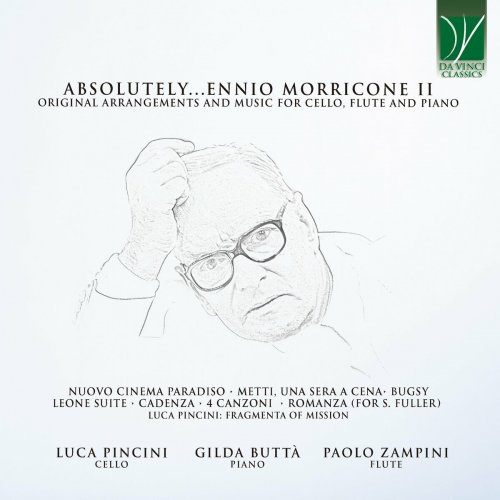

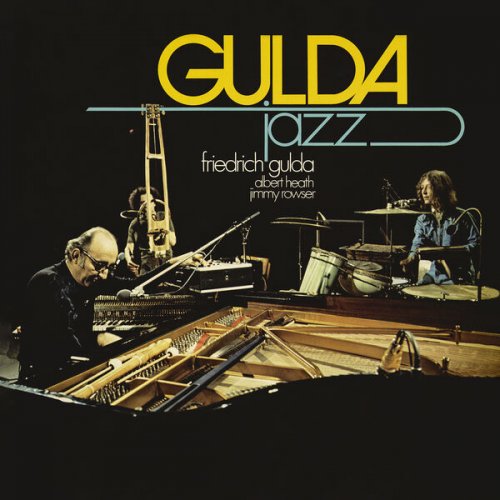

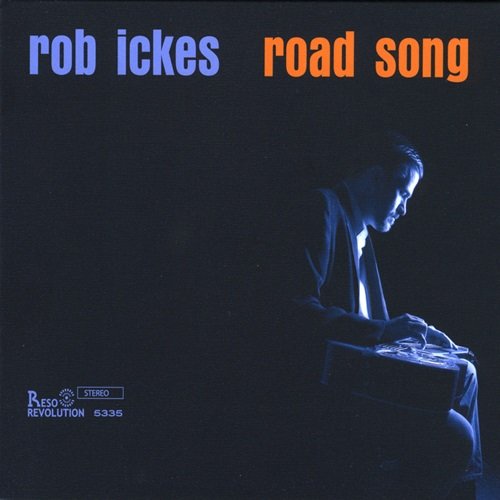
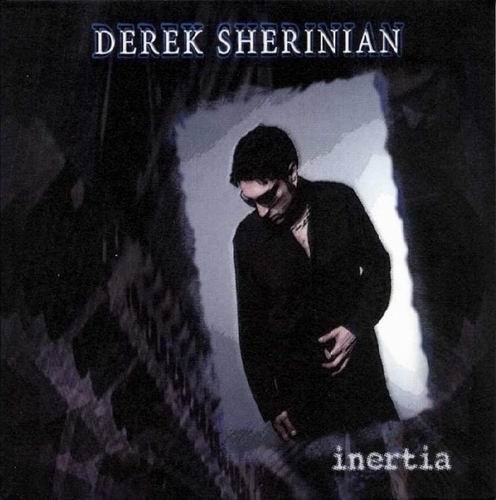
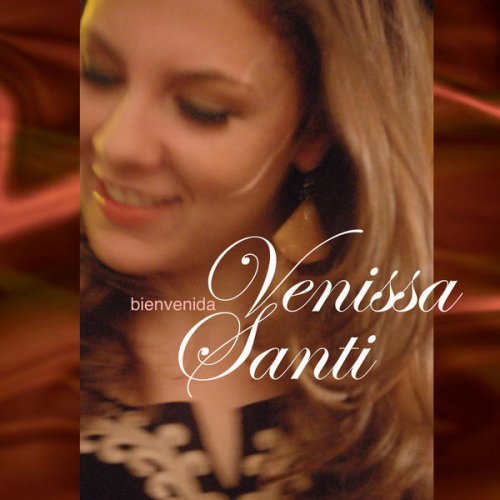
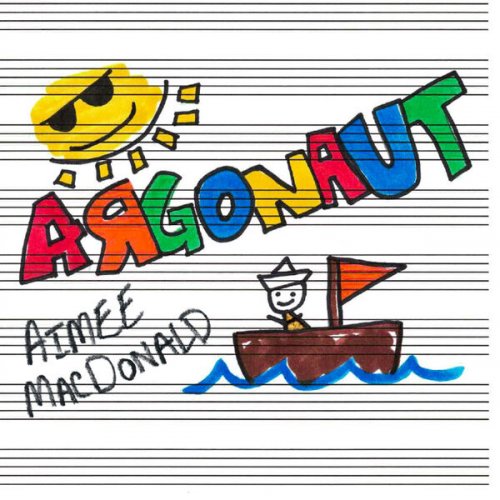

![The Mood Mosaic - Soul Seduction (2025) [Hi-Res] The Mood Mosaic - Soul Seduction (2025) [Hi-Res]](https://www.dibpic.com/uploads/posts/2025-12/1766135288_d5rmbmuwqtmya_600.jpg)
